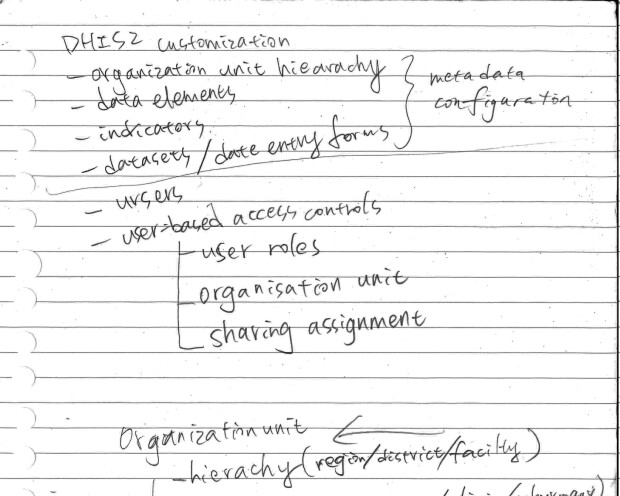
Data management for programs
DHIS2 for leprosy
Abstract
Since 2022, ITM has been participating in a working group of ILEP, the federation of international organizations working on leprosy. In 2023, a decision was taken to develop a leprosy data and program management system based on DHIS2, a health management information system developed by the university of Oslo and endorsed by WHO. ITM was requested to take the lead and in the framework of the data hub was able to hire a young scientist, Kate Shih, who already had demonstrated her software programming skills and participated in some specific training on DHIS2.
Leprosy is often prevalent in remote or marginalized communities with limited healthcare infrastructure, leading to incomplete surveillance and reporting mechanisms. Monitoring the treatment adherence of leprosy patients and ensuring effective follow-up can be challenging, especially in regions with dispersed populations. The lack of real-time tracking mechanisms and automated notifications for missed treatments can result in suboptimal patient care. Consequently, this impedes the collection of comprehensive data, hindering accurate assessments of disease prevalence and trends.
Some areas may lack access to technological solutions for data management, such as electronic health records, case management systems, and tools for real-time monitoring. This absence complicates the implementation of efficient and timely data collection and analysis. Moreover, restricted access to stable internet connections can also hold back the acceptability and efficiency of the digitalization process for data collection.
The District Health Information Software (DHIS2) serves as an open-source software for data collection, analysis, visualization, and management. Operating as a web-based platform, it facilitates both online and offline data collection, including a mobile application.
Leprosy programs demand a system not only for recording and reporting data but also for performing program management tasks, such as compiling lists of patients requiring follow-up treatment and generating quarterly and annual reports on registered cases and treatment outcomes. The system to be developed should enable data entry and program management tools at the district level or below. The 'Tracker' module of DHIS2 facilitates longitudinal data entry and individual-level follow-up, serving as a crucial element. The system will also incorporate a geographic information systems (GIS) component. The modular design of this leprosy platform also aims to be adjustable and flexible to meet the diverse needs of different countries.
The primary goal of this initiative is to establish a robust and efficient DHIS2 platform specifically tailored to optimize the quality of leprosy case management. This platform seeks to actively monitor and enhance the treatment follow-up process, ensuring timely and comprehensive care for leprosy patients. Moreover, it ensures accurate and up-to-date reporting, providing a reliable foundation for statistical analysis. The standardized reports generated by the platform empower healthcare professionals and policymakers with valuable insights for prompt actions and efficient medication stocking.
Soon after we started, it turned out that WHO were also developing a system in parallel. It was then agreed that rather than to develop its own system, ITM would support the development of the WHO system. To be able to do so we are working with a generic system that allows us to pilot different functionalities and provide feedback to WHO.
Details
Ongoing initiative
Started in 2023 in collaboration with Epco Hasker and a working group of ILEP.